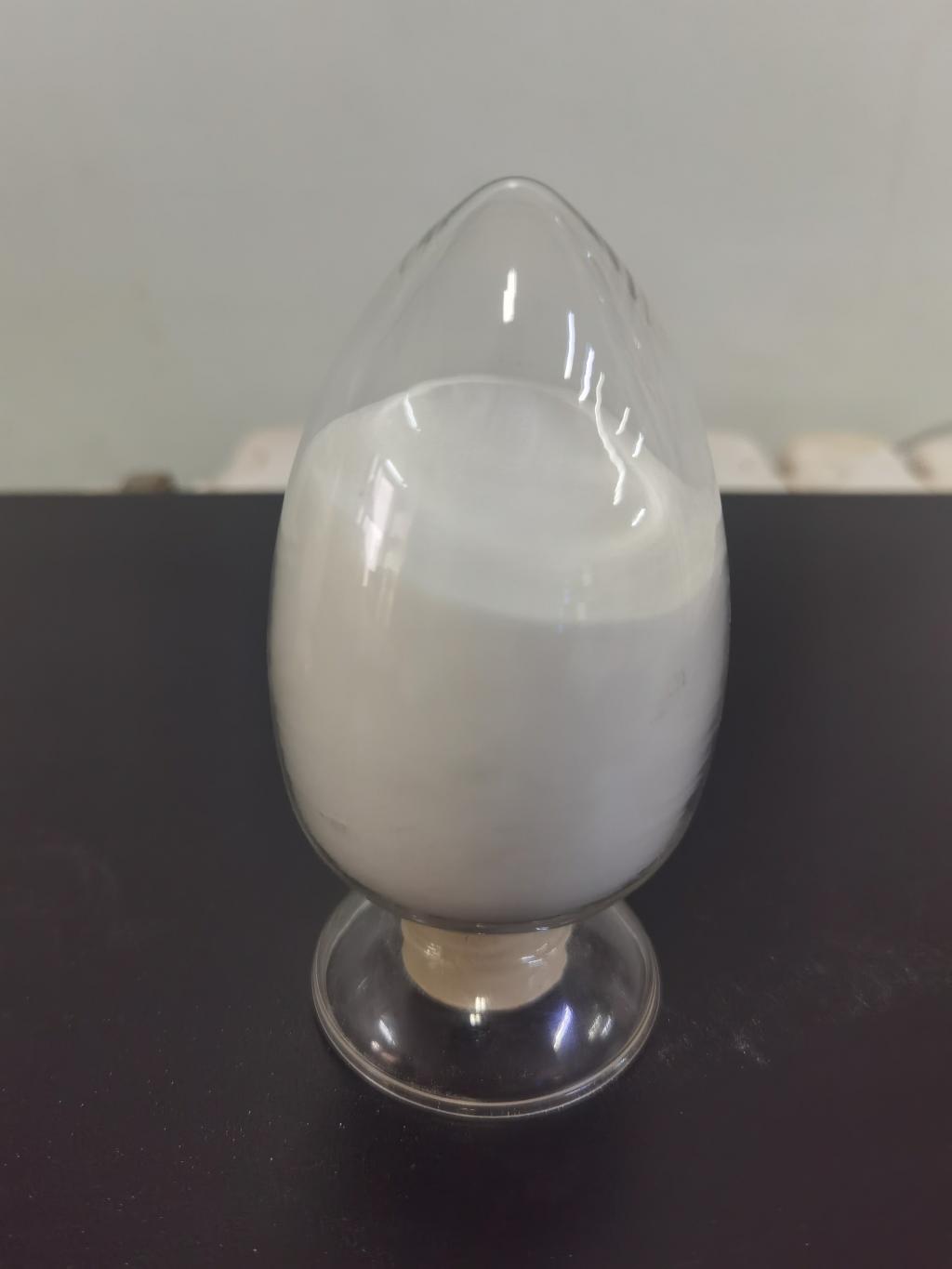Tel:+8618231198596

News
 CONTACT
CONTACT
 CONTACT
CONTACT
- Linkman:Linda Yao
- Tel: +8618231198596
- Email:linda.yao@dcpharma.cn
- Linkman:CHARLES.WANG
- Department:Overseas
- Tel: 0086 0311-85537378 0086 0311-85539701
News
Are there any conditions required for products containing ε-Polylysine hydrochloride?
TIME:2023-05-31
Factors Affecting the Stability of ε-Polylysine Hydrochloride:
Several factors can influence the stability of ε-polylysine hydrochloride, including temperature, humidity, light exposure, pH, and interactions with other food ingredients. Understanding the impact of these factors is crucial for establishing appropriate storage conditions.
Temperature:
Temperature plays a vital role in the stability of ε-polylysine hydrochloride. Generally, it is recommended to store products containing ε-polylysine hydrochloride at cool temperatures, preferably below 25°C (77°F). High temperatures can accelerate the degradation of ε-polylysine hydrochloride, leading to a reduction in its antimicrobial activity. Therefore, it is essential to protect products from exposure to heat sources or direct sunlight during storage.
Humidity:
Humidity levels can affect the stability of ε-polylysine hydrochloride, particularly in powdered or granulated forms. High humidity can lead to moisture absorption, which may result in clumping or caking of the product. To prevent moisture-related issues, products should be stored in a dry environment, preferably in moisture-resistant packaging or containers.
Light Exposure:
Exposure to light, especially ultraviolet (UV) light, can degrade ε-polylysine hydrochloride and reduce its antimicrobial activity. Therefore, products containing ε-polylysine hydrochloride should be stored in opaque or light-protected containers to minimize light exposure. Additionally, storage areas should be kept away from direct sunlight or fluorescent lights.
pH and Interactions with Other Ingredients:
ε-Polylysine hydrochloride can be sensitive to pH levels and interactions with other food ingredients. Extreme pH conditions, particularly highly acidic or alkaline environments, can lead to degradation and reduced antimicrobial efficacy. It is crucial to maintain the pH within the recommended range specified by the manufacturer. Furthermore, interactions with certain food ingredients, such as metal ions or oxidizing agents, can also impact the stability of ε-polylysine hydrochloride. Manufacturers and users should carefully consider potential interactions and formulate products accordingly.
Optimal Storage Practices and Recommendations:
Based on the factors affecting the stability of ε-polylysine hydrochloride, the following recommendations can be made for the storage of products containing this natural antimicrobial agent:
Store in Cool and Dry Conditions:
Products should be stored in a cool and dry environment to prevent heat and moisture-related issues. Ideally, storage temperatures should be below 25°C (77°F) to maintain the stability of ε-polylysine hydrochloride.
Protect from Light:
Products should be stored in opaque or light-protected packaging to minimize exposure to light, especially UV light. This will help preserve the antimicrobial efficacy of ε-polylysine hydrochloride.
Ensure Proper Packaging:
Consider packaging materials that are moisture-resistant to prevent moisture absorption and maintain product quality. Additionally, proper sealing of packages is essential to protect the product from environmental factors.
Follow Manufacturer's Recommendations:
Manufacturers often provide specific storage guidelines and recommendations for their products containing ε-polylysine hydrochloride. It is essential to follow these instructions to ensure optimal storage conditions and maintain the effectiveness of the antimicrobial agent.
Conclusion:
Proper storage conditions are crucial for maintaining the stability and effectiveness of products containing ε-polylysine hydrochloride. By considering factors such as temperature, humidity, light exposure, pH, and interactions with other ingredients, manufacturers and users can implement appropriate storage practices. Storing products in cool, dry, and light-protected environments, following manufacturer's recommendations, and using suitable packaging materials will help preserve the antimicrobial activity of ε-polylysine hydrochloride and ensure the quality and safety of the final food products.
- Tel:+8618231198596
- Whatsapp:18231198596
- Chat With Skype







